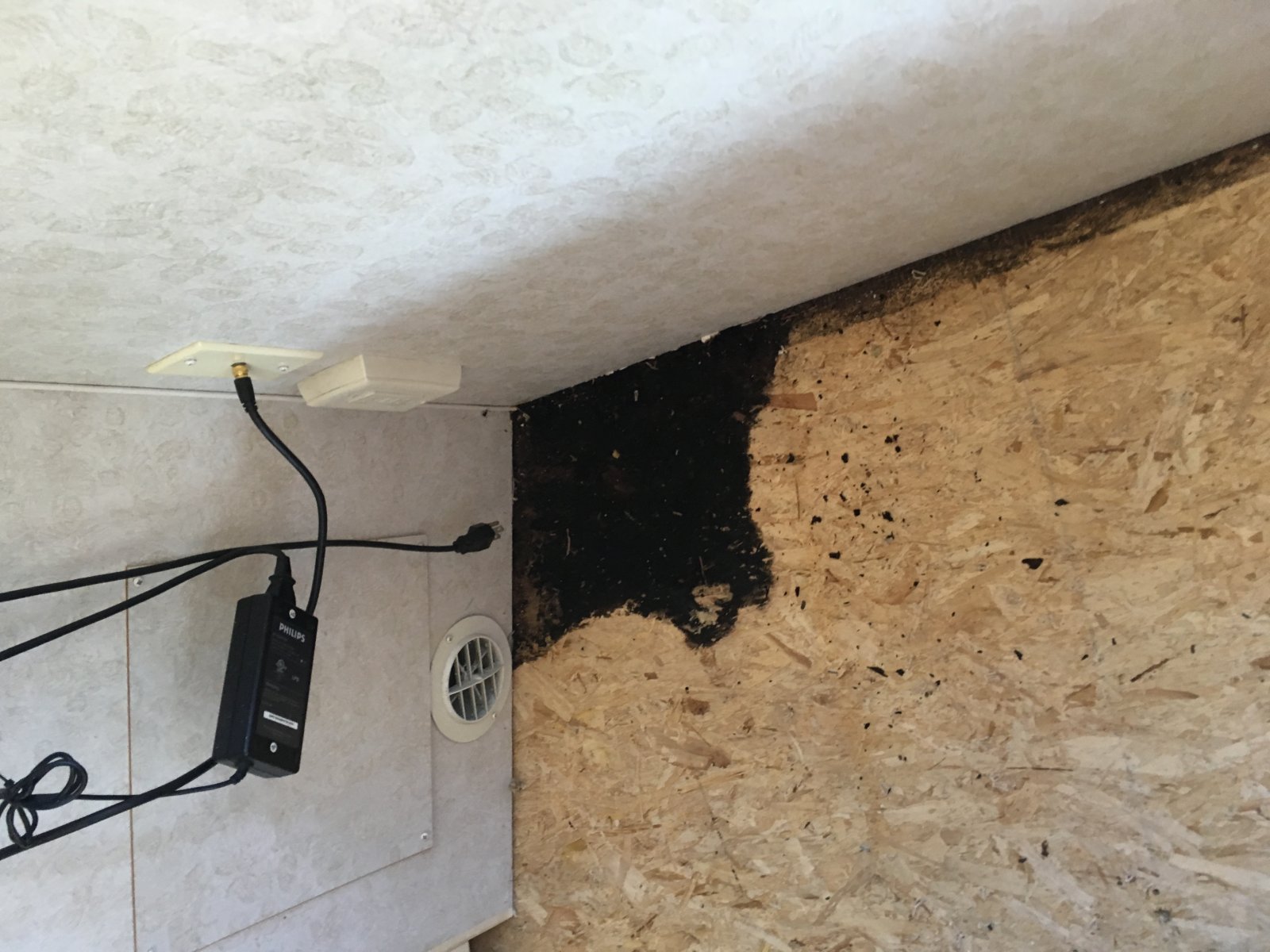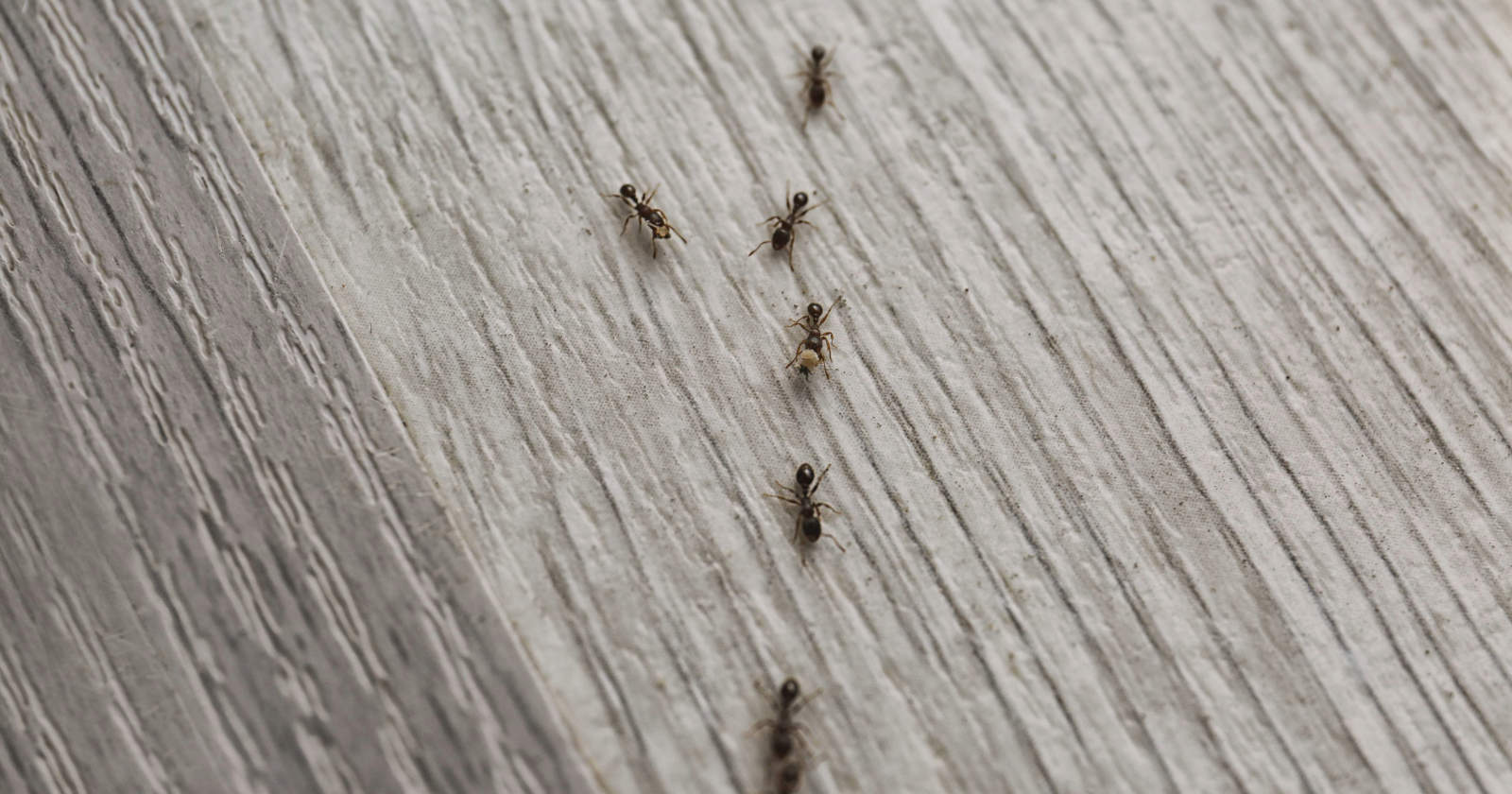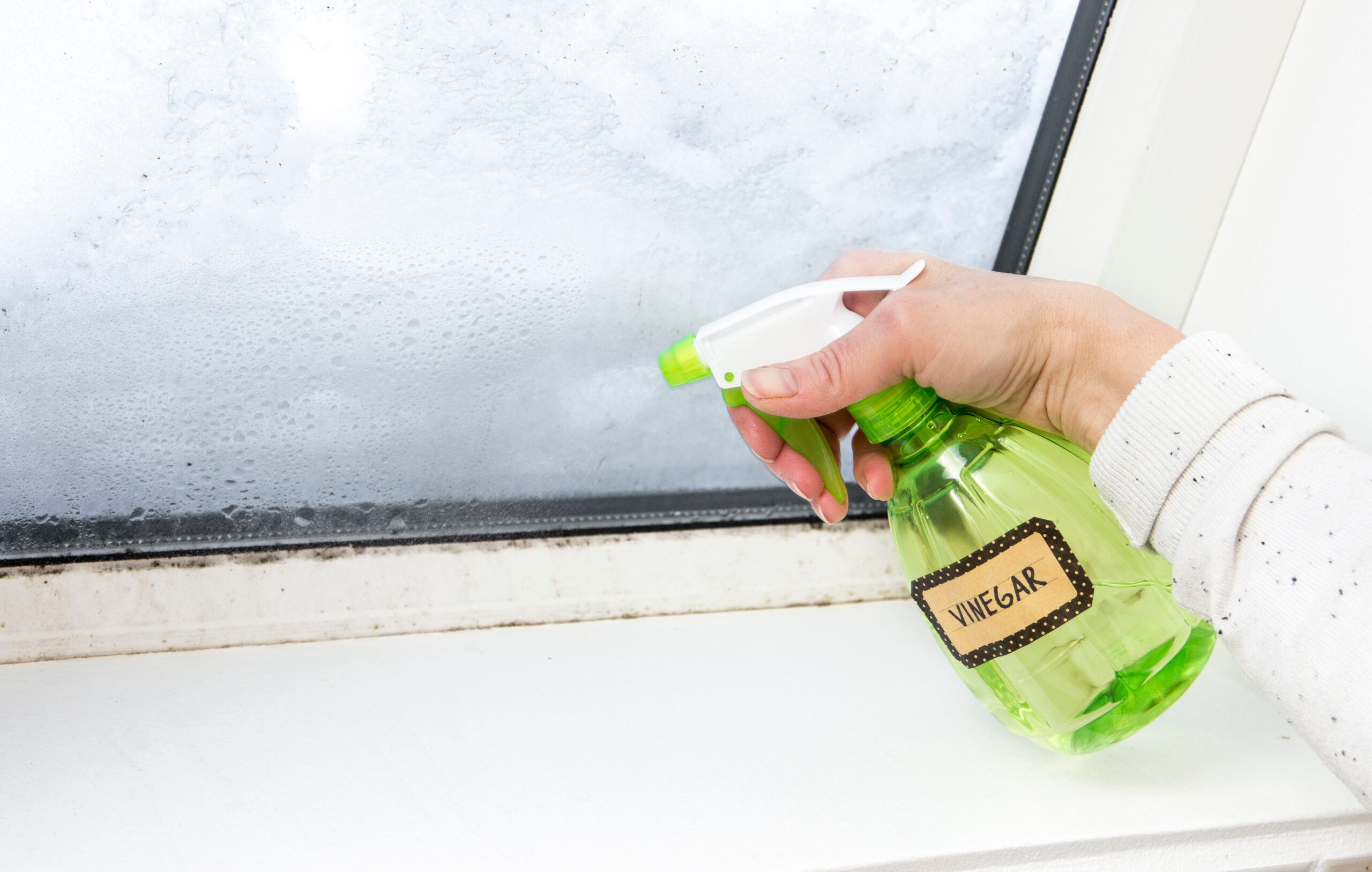
The Best Way To Deal With Black Mold Removal In RV Campers
No one likes to find mold growing in their refrigerator, but it’s even less fun when it has spread throughout your living space! Mold and mildew can become serious problems for RVers, especially if you stay in humid areas. This has caused many people to seek out methods of black mold removal in RV campers.
The greenish-black growth of black mold is a particularly bad problem to have to deal with. Aside from looking and smelling gross, this type of mold is known to produce mycotoxins, which can cause diseases and health problems for the residents. You can’t just leave it alone or give it a half-hearted scrub! This type of infestation needs to be dealt with as quickly and severely as possible.
The guide below will give some tips for how to safely remove black mold, recommend some effective products to use (both store-bought and DIY), and even provide some advice for how to prevent black mold in the future.
Black mold removal in RV campers
Prep work
Before you do anything, you first need to identify where the black mold is in your RV and how widespread it is. Because this type of mold often grows inside the walls before it’s visible, you may smell it before you see it.
Start by looking for areas that may be exposed to a lot of moisture. The bathroom is a common site for black mold, as well as the kitchen. Check around your vents, faucets, cabinets, windows, and plumbing.
Next, put on your safety equipment. As mentioned above, black mold can be dangerous to humans, especially if we inhale a lot of spores at close proximity. When you’re doing black mold removal in an RV, put on a respirator, goggles, full-length sleeves and pants, and rubber gloves. These will prevent you from inhaling or touching the black mold directly.
The next thing to do is seal off the problem area (or possibly the whole RV) to prevent the spores from spreading while you clean. Turn off your air conditioner/heater to prevent any airflow throughout the vehicle. Leave an exterior exhaust fan running though so you can flush the spore-filled air out of your RV. Seal off windows, doors, and other vents with a tarp and painter’s tape.
If you notice that the mold site is particularly dry, you may actually want to mist it with water. It seems counterintuitive, I know, but spraying the mold will prevent the spores from floating into the air while you clean.
Cleaning
Next, it’s time to select your mold cleaner of choice. We have a list of potential options in the section below, so once you pick the one that suits you best, you can move on to the actual cleaning.
Spray your cleaner of choice onto the mold site and let it sit for about 30 minutes (unless the instructions on a store-bought product say otherwise). This waiting period gives the cleaner time to soak into the mold, loosen its grip, and kill some of the spores.
After the waiting period is up, scrub the area with a sponge soaked in the same cleaner you sprayed on. Scrub thoroughly, but not too fiercely because you may damage the surface beneath the mold. Dry the area next and inspect it closely. If there is still visible mold, repeat the process (spray, wait, scrub, dry) until you no longer see or smell any black mold.
Once you’ve reached this point, you can now clean the adjacent areas. Black mold can take root anywhere, so don’t overlook the surrounding walls, cupboards, or carpets. Once you’re satisfied, leave the exhaust vent running in the room and keep it as clean and dry as possible for the next few days.
If the black mold keeps returning or you can’t seem to get at the root of the problem, you may need to call in professional help. There are many businesses that provide mold removal services.
Best cleaning products to use for mold removal
You have a lot of cleaner options when you’re doing black mold removal in RV campers. There are, of course, industrial-strength cleaners that you can buy, but there are also remedies you can whip up in your own kitchen.
Each of the following methods will differ in their strength, safety, and effectiveness, but they have all been proven to be helpful against the spread of black mold.
- Vinegar
- Tea tree oil
- Hydrogen peroxide
- Baking soda
- Distilled ethanol
- Grapefruit seed extract
- Borax
- RMR-86 Instant Mold and Mildew Stain Remover Spray
- Concrobium Mold Control Household Cleaners
Many of these substances will need to be diluted with water because they can be quite potent in their pure form. For example, you only need a few drops of tea tree oil and grapefruit seed extract per cup of water.
It might be surprising to see that bleach isn’t on this list. Although some people might like to use it, the vast majority of experts advise against using bleach to kill black mold. Overall, it hasn’t been as effective as other cleaners, and it poses a much higher risk to you and your home. So, when it comes to black mold removal in an RV, you might want to stick with one of the recommended cleaners above.
Black mold prevention
Dealing with black mold removal in RV campers is never fun, but it’s best if you never have to deal with it in the first place. That’s why preventative methods are so important!
All types of mold thrive on moist conditions, so anything you can do to reduce the amount of moisture in your RV will help. Keep an extra close eye on naturally moist areas like the kitchen and bathroom. Look for leaky pipes and faucets that could be adding water to the area.
You can also use dehumidifiers and air dryers in your RV to suck excess moisture out of the air. This will prevent the stagnant water and wet walls that black mold loves.
Finally, you should regularly clean and disinfect your RV, even if black mold hasn’t been an issue in the past. Do a deep clean of your camper after every few uses (or at least 4 times a year if you live there full time). Regular upkeep and cleaning will help solve a variety of mechanical and cleaning problems that could build up. After all, the best offense is a good defense!
Make sure you keep track of all your RV maintenance and repairs with an online tool such as RV LIFE Maintenance. Not only can you keep all of your documents in one place, but you’ll also receive timely reminders when maintenance is due to help you avoid costly repairs and potentially serious accidents.
Related articles:



